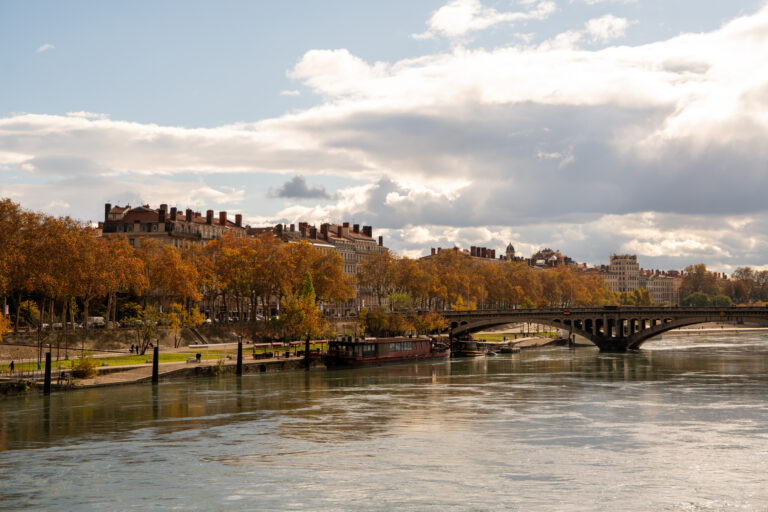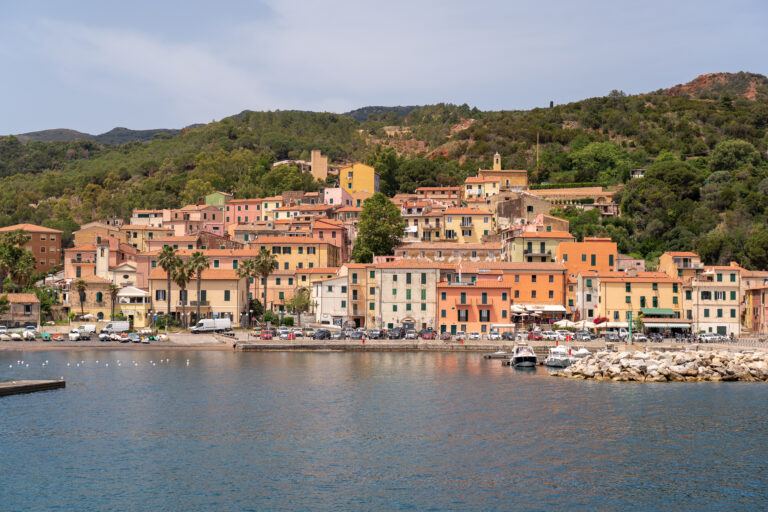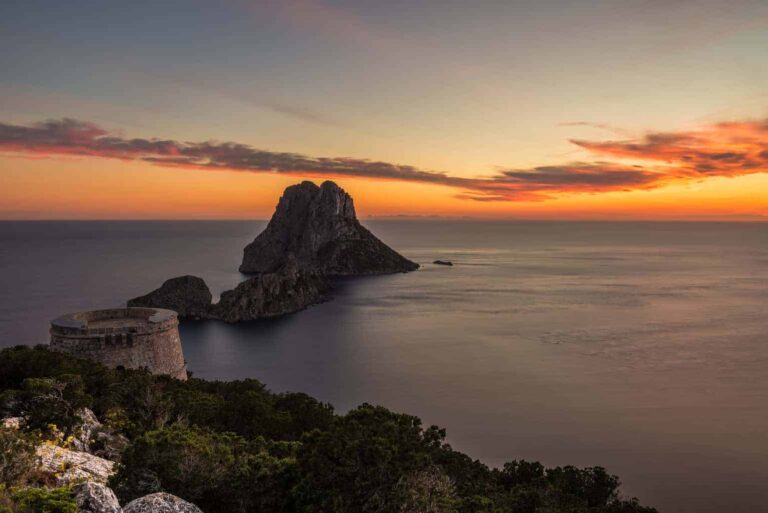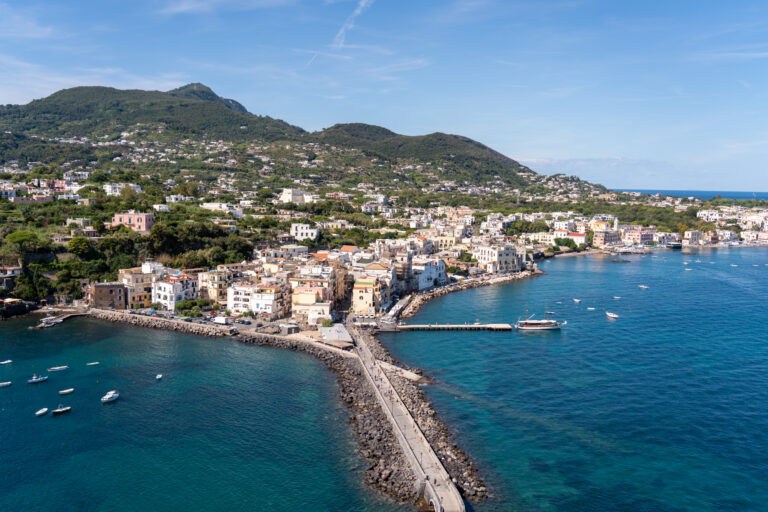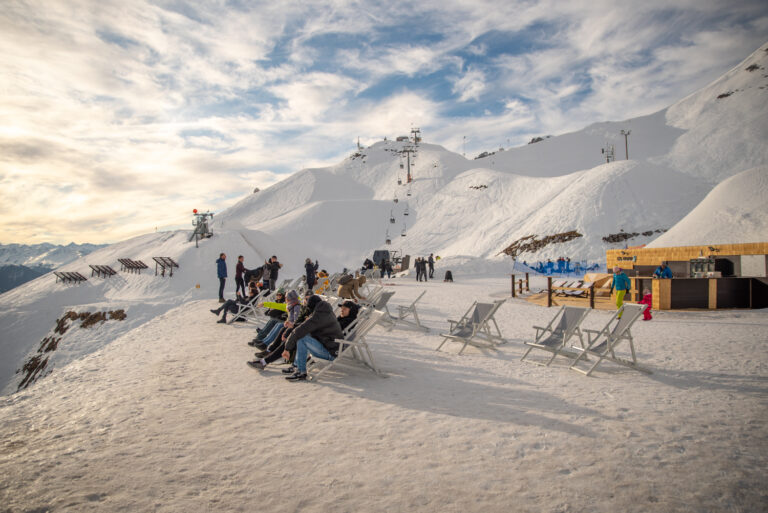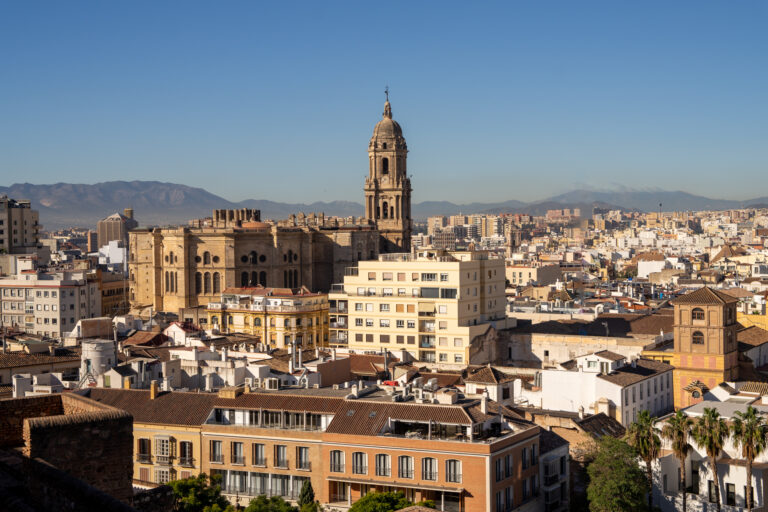Visiting Venice in Winter
Winter in Venice is for those seeking to explore the city at a slower pace, in a quieter atmosphere. Without the crowds, you can expect to find both the grandiose Venice with its St Mark’s Square, Doge’s palace and Rialto, and quiet Venice, the one where people still live, work, and go about their everyday lives.
The lines for museums and palaces will be shorter, booking a spot at a good restaurant will be easier, and should you decide to see the city from the water, or hop on one of the surrounding islands in the lagoon, moving around with Vaporetto (the city’s water bus) will be less hectic.
You won’t be completely alone though, the magnetism of Venice attracts people in all seasons and February’s Carnevale is a busy part of the year.
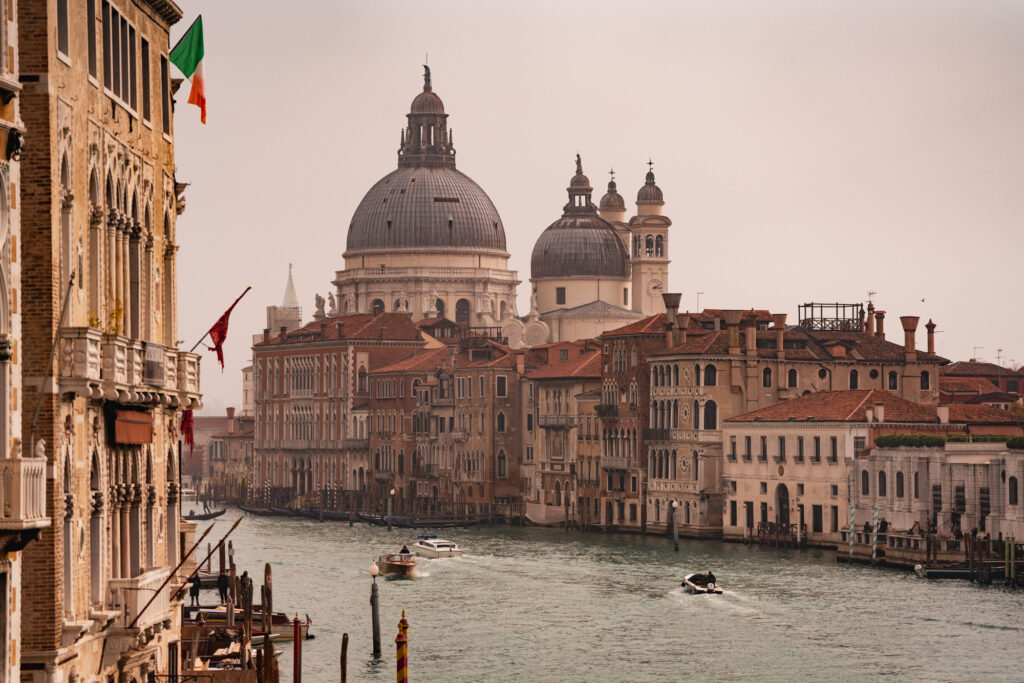
Venice in Winter Weather
Venice during winter can be a great time to visit. There’s overall less rain than in the autumn months and temperatures that usually don’t fall below zero, if you catch a sunny day on the canals, expect glorious sparkling on the water, and even coffee al fresco is on the cards come February.
Venice in December
December in Venice is less rainy than October and November, with a chance of fog for the atmosphere, and an average temperature between 1°C and 7°C. It’s also the time of the year with the fewest daylight hours. But that just means more time for admiring the pretty Christmas lights!
Venice in January
January in Venice is still cold, with average temperatures between 0°C and 7°C, however, crisp sunny days in January have a charm of their own. There is also less chance of rainfall than in December.
Venice in February
February is the driest winter month in Venice, with temperatures slightly rising compared to January. With average highs around 9°C, and average lows around 1°C, you might even catch a hint of spring in the air.
Best Things to do in Venice in Winter
Wondering what to do in Venice in winter? The options are as varied as in spring or autumn, only in a quieter atmosphere and at a more relaxed pace. Expect fewer tourists lining up at the museums, dreamy canals wrapped in fog, cosying up in atmospheric old-school bars and restaurants, plus seasonal events such as Christmas markets in December and Carnevale in February.
Discover the Musical Side of Venice
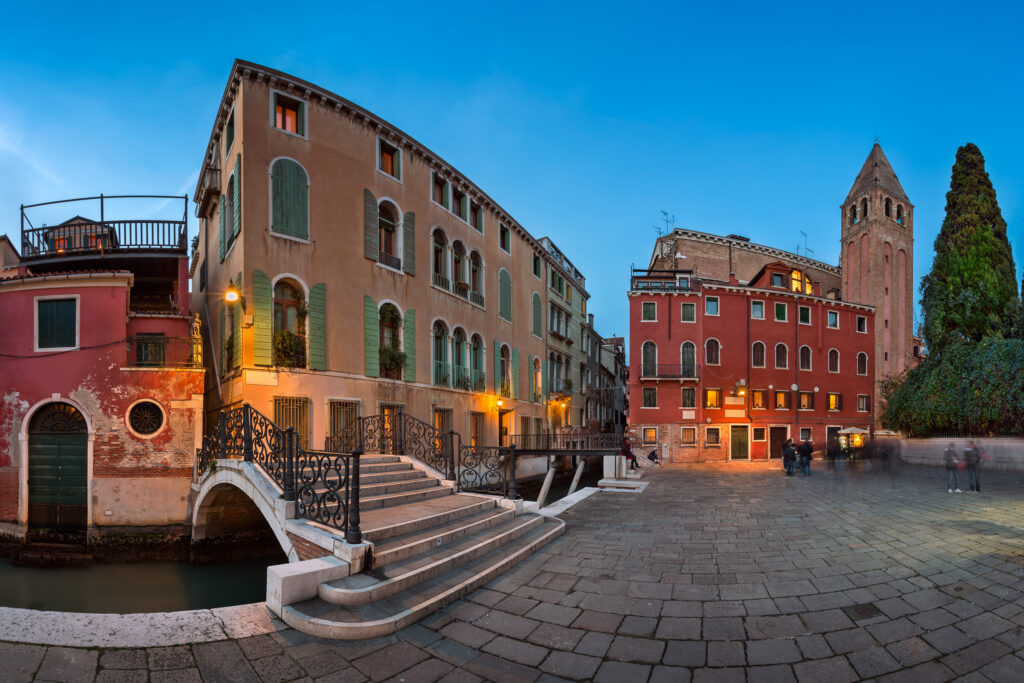
Italy produced a great number of musicians who contributed tremendously to the world’s musical history.
Venice is, among other things, famous for being Antonio Vivaldi’s hometown, and Interpreti Veneziani honours the Baroque master through their performances in San Vidal church. Is there a more perfect place to listen to Four Seasons live performance than in the late master’s hometown?
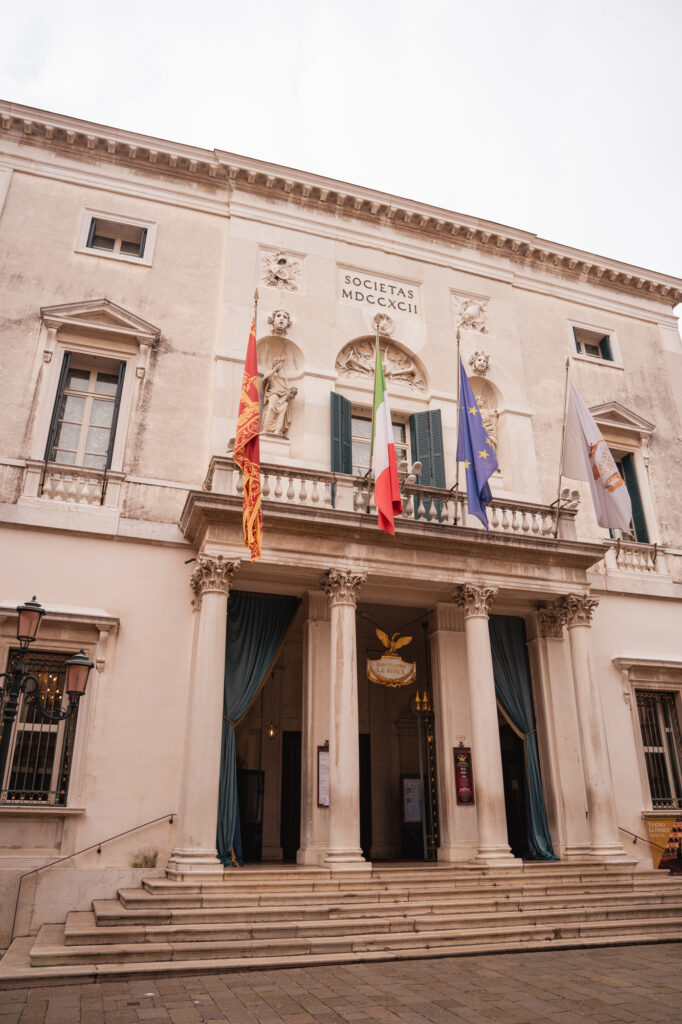
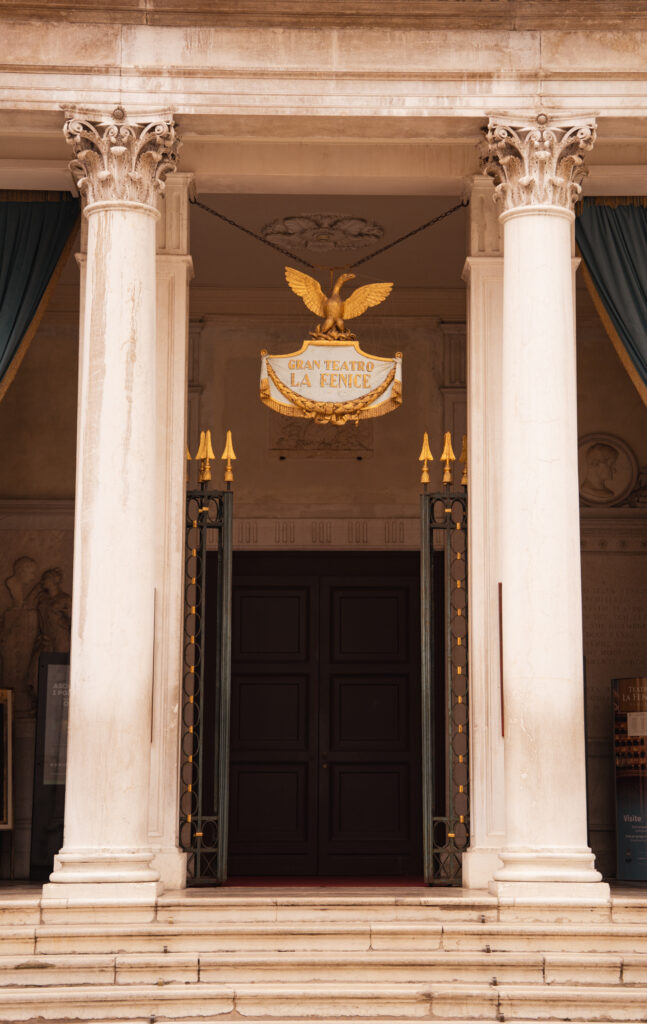
For a glamorous night at the opera, check Teatro La Fenice’s calendar for opera performances, concerts and ballet, if only to soak in the atmosphere and marvel at the spectacular gilded hall and azzure ceiling.
Venice is also home to Biennale Musica, an international festival of contemporary music, which takes part as a department of the world’s famous Venice Biennale.
Explore the City of Art
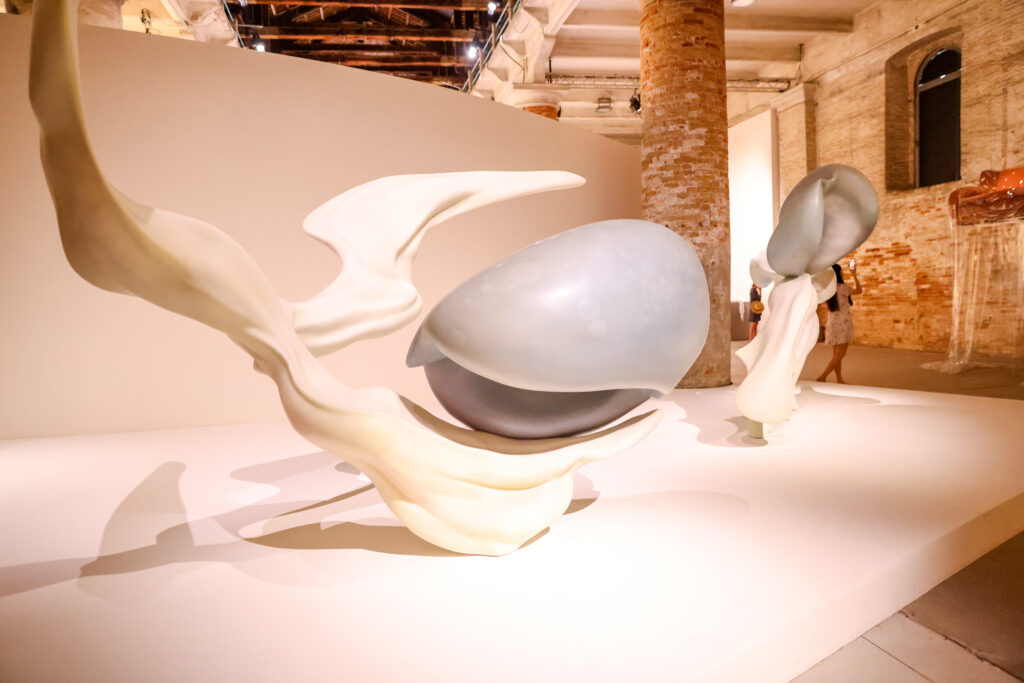
Visitors to Venice are spoilt for choice when it comes to museums. You can expect not only showcases of its rich history and old Venetian masters such as Titian and Tintoretto but also a fantastic display of contemporary art.
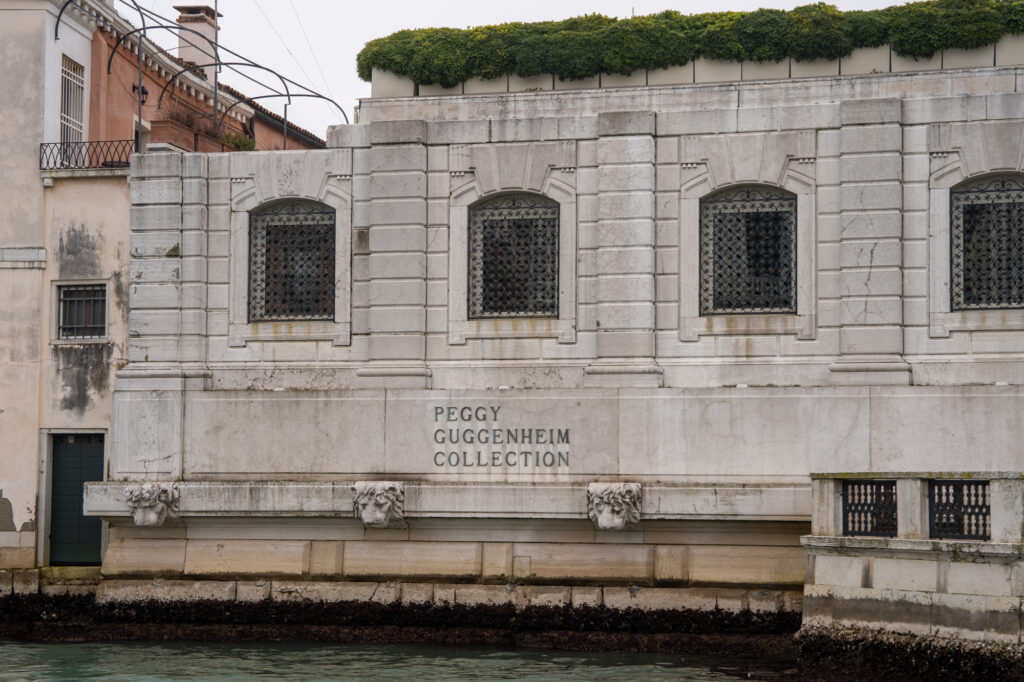
Art galleries such as the Peggy Guggenheim Collection, Ca Pesaro International Gallery of Modern Art, and the Magazzini del Sale, among others, feature permanent and temporary exhibitions. Then there’s the world-famous Venice Biennale which hosts some of the world’s best contemporary art and architecture.
Visit St Mark’s Basilica and the Rialto
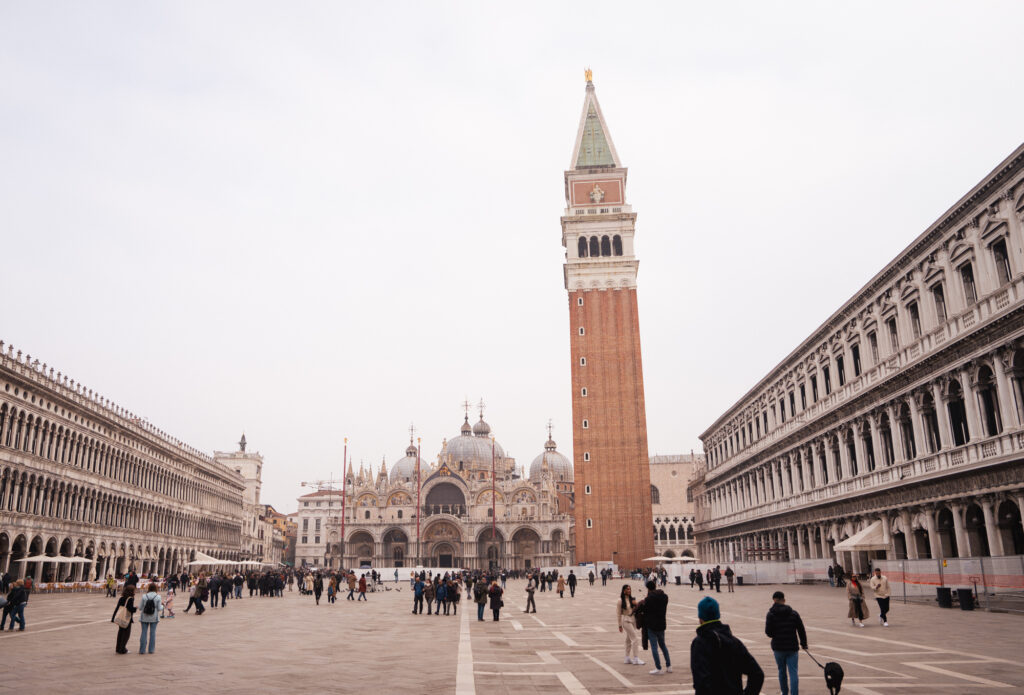
Two of Venice’s most famous landmarks draw in hundreds of thousands of visitors every year. And it’s not difficult to see why. Medieval St Mark’s Basilica amazes with its Byzantine domes and lavish interior covered in gold mosaics.
Nearby, the Renaissance Ponte di Rialto dazzles with its elegant arch and its iconic rows of shops that span the bridge.
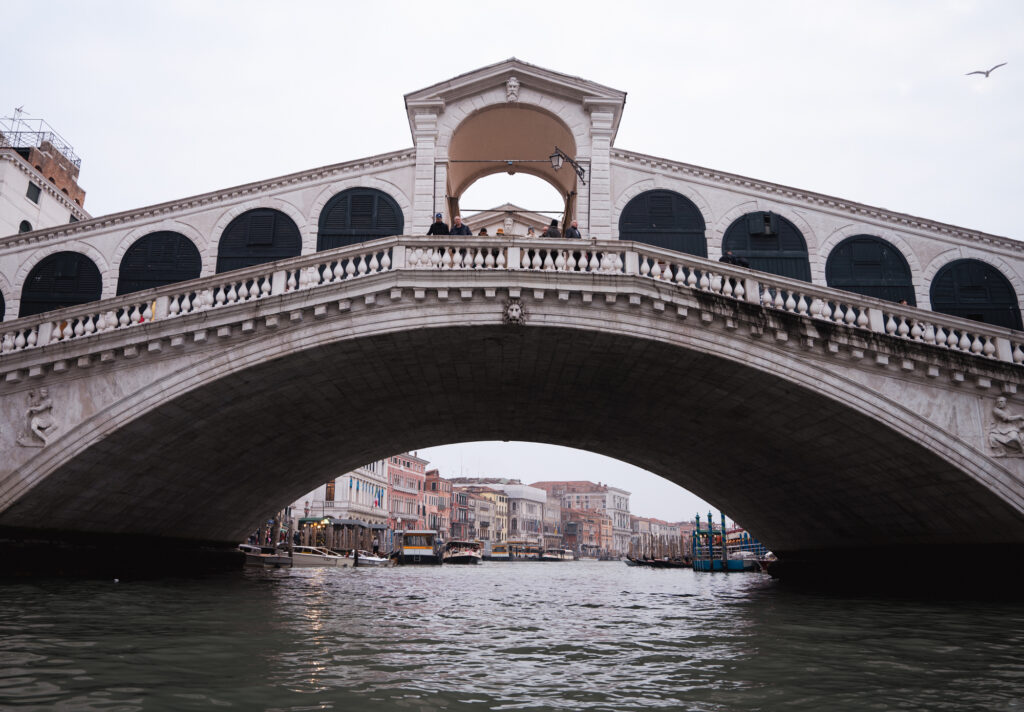
Even though Venice does get its fair share of visitors in the winter months as well, expect a more relaxed atmosphere on the majestic, but usually crowded St Mark’s Square, shorter lines for visiting the basilica, and the opportunity to catch the spectacular view of the Grand Canal from the “first line“ on the Rialto Bridge.
Enjoy Coffee at an Artisanal Roastery
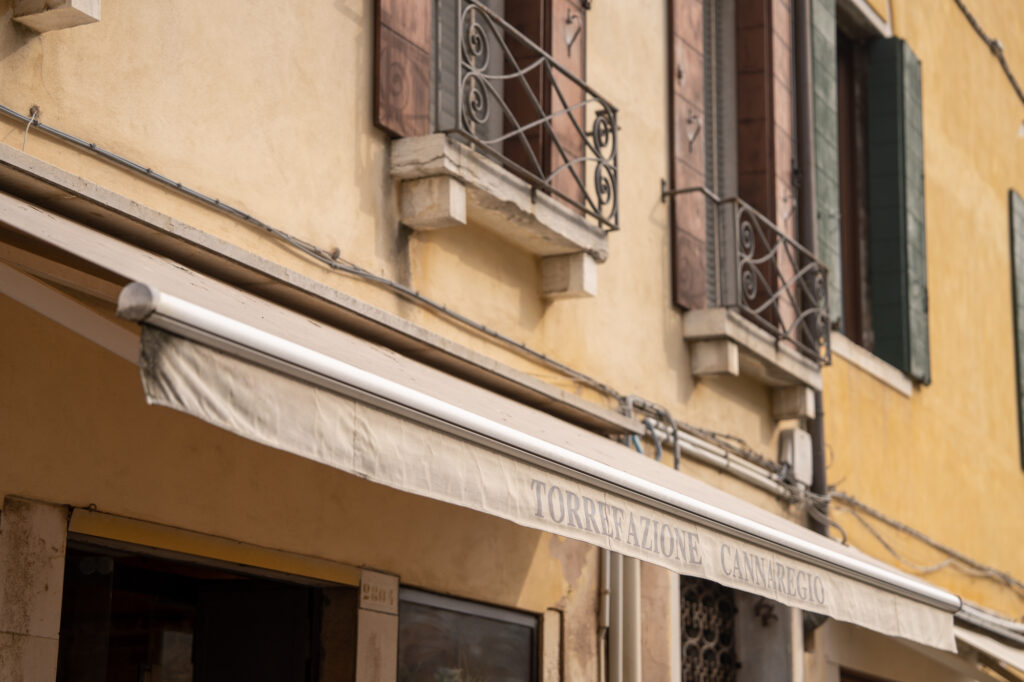
On a sunny day, Venice in the winter season can be ideal for enjoying a cup of coffee on a quiet, flickering canal. Venice has a couple of artisanal roasteries that are worth a detour from the regular routes and the usual, more touristy cafes.
Torreffazione Cannaregio has been roasting its coffee since 1930. Today, it’s a hip place with delicious cakes, cool, young staff, and a terrace right by the Rio della Misericordia canal in the Cannaregio neighbourhood.
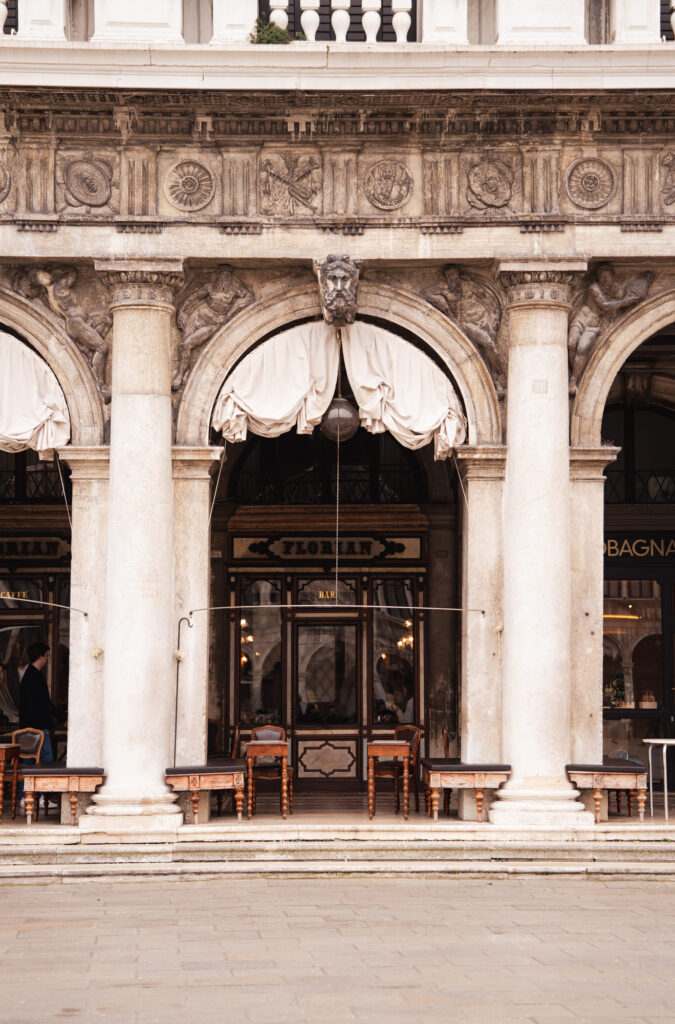
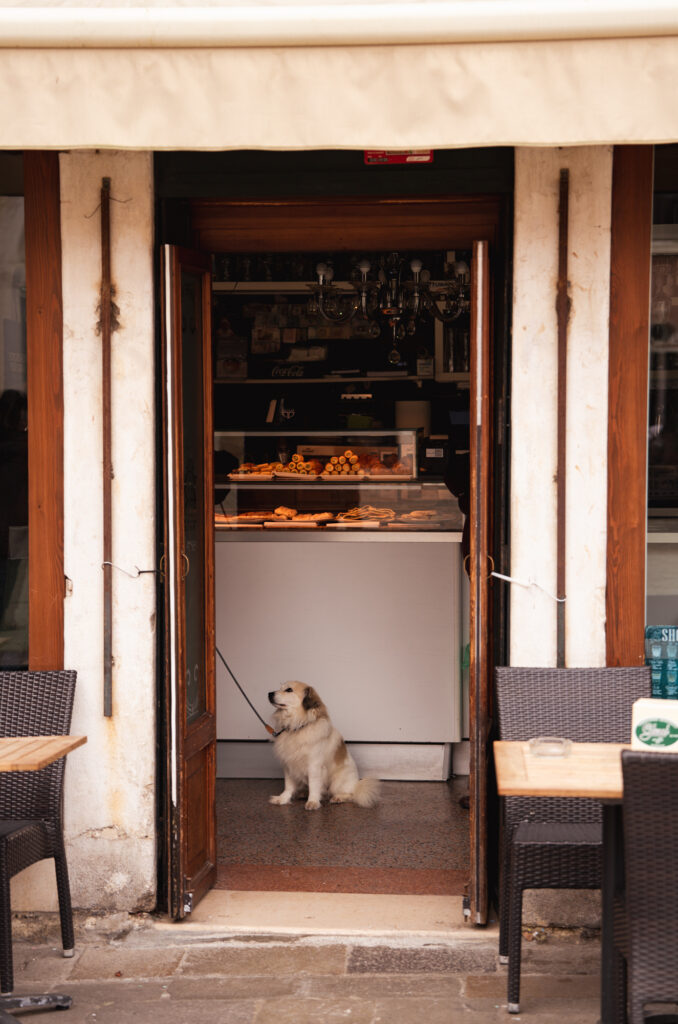
Caffe Girani is the oldest artisanal coffee roaster in Venice, founded in 1928. Nowadays it’s still roasting its coffee on-site in a quirky old-school roastery and shop.
Soak in the Colour and Light of the Venetian Masters
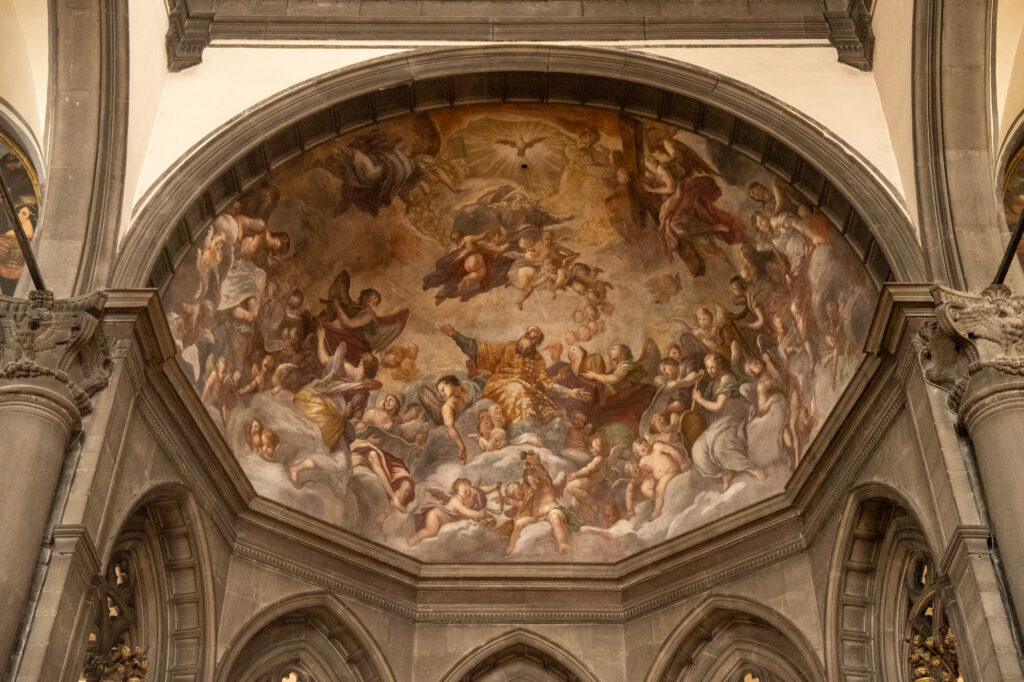
It shouldn’t come as a surprise that a city of such beautiful light and colours produced a painting school reflecting just that.
Venetian Renaissance masters introduced the use of vivid colours, warm, saturated tones, and light as the principal elements of their painting style.
Famous representatives of the Venetian school are Giovanni Bellini, Giorgione, Titian, Veronese, and Tintoretto, and their works can be found all around Venice, mostly in churches.
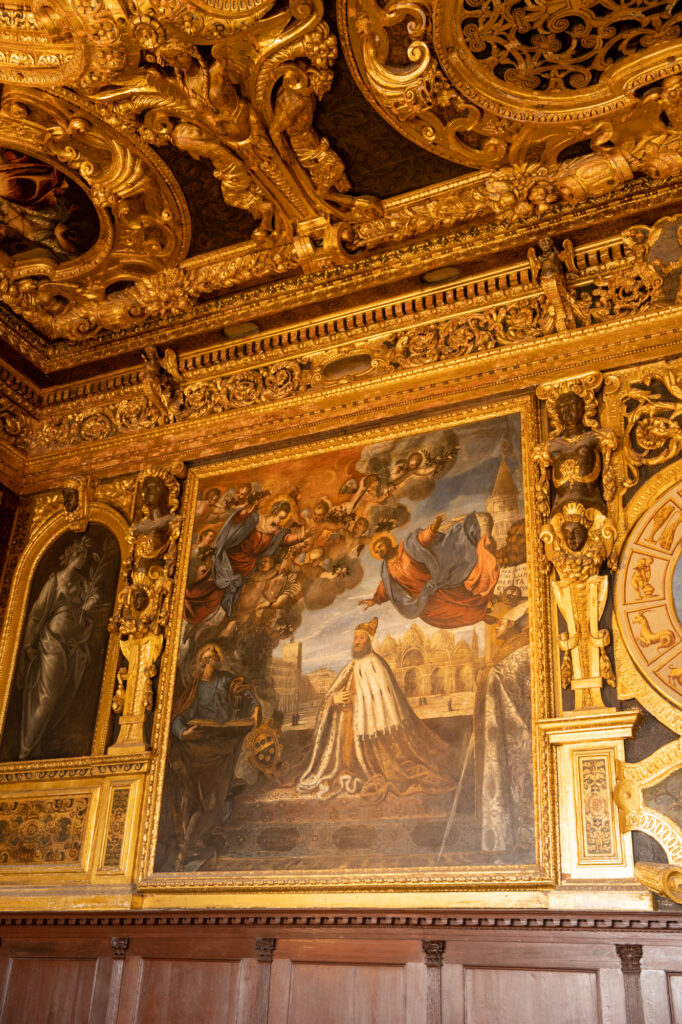
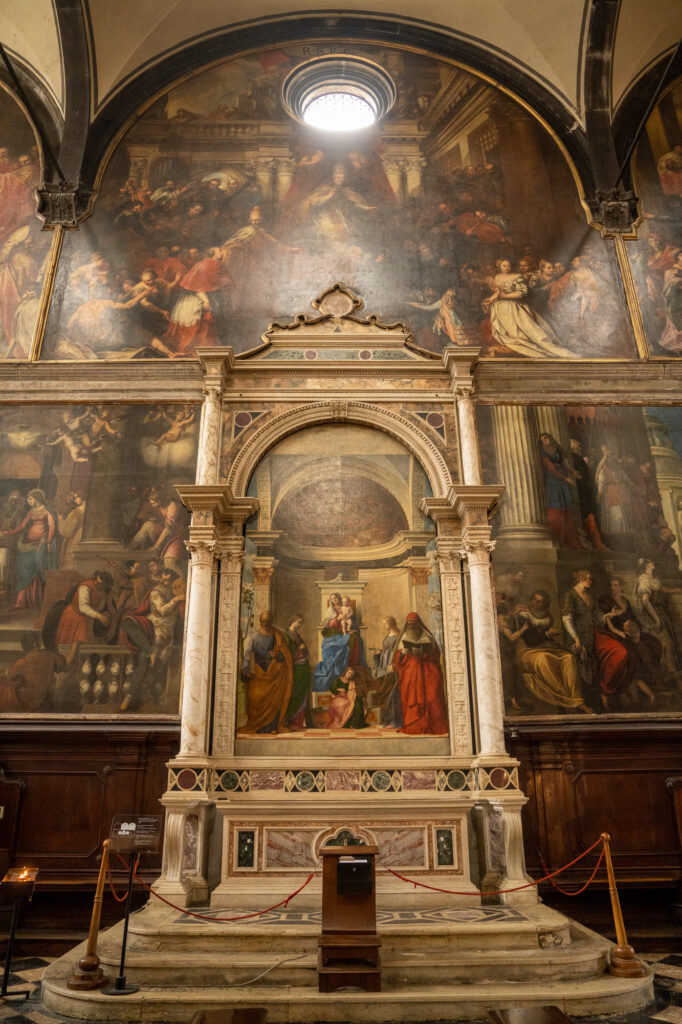
View works by Tizian in Santa Maria Assunta and Santa Maria dei Frati churches, marvel at Veronese in San Sebastiano in Dorsoduro church, take in Tintoretto’s masterpieces in Madonna del Orto church and Scuola Grande di San Rocco.
You can also see Giovanni Bellini in San Zaccaria church, and get a glimpse of Giorgione’s famous Tempesta in the Gallerie dell’Accademia.
Emerge into the Venetian Culture of Bacaro
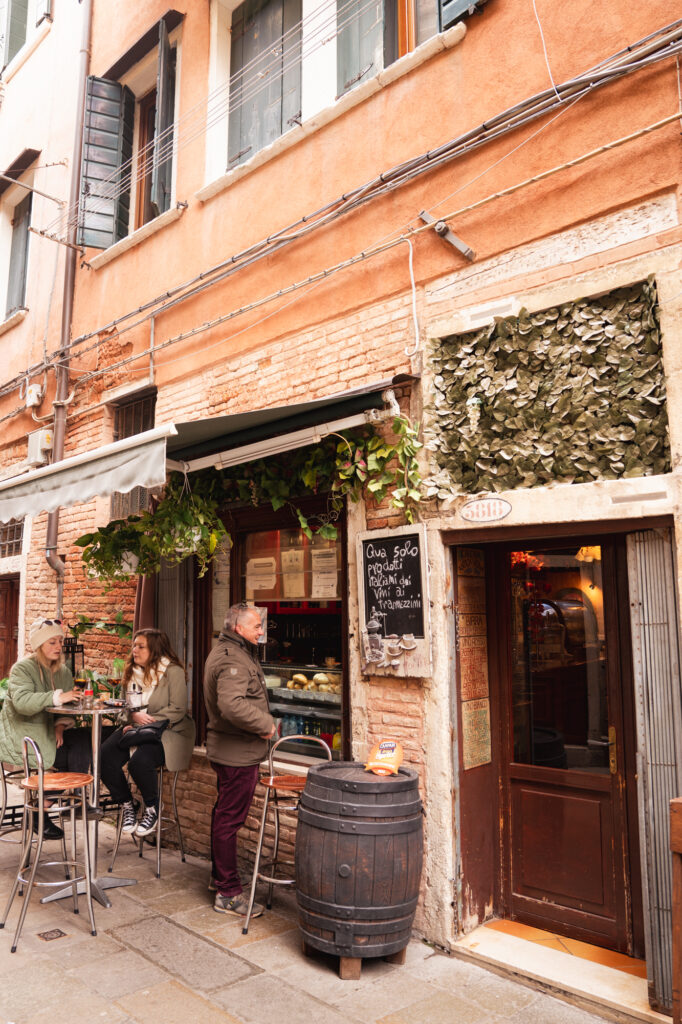
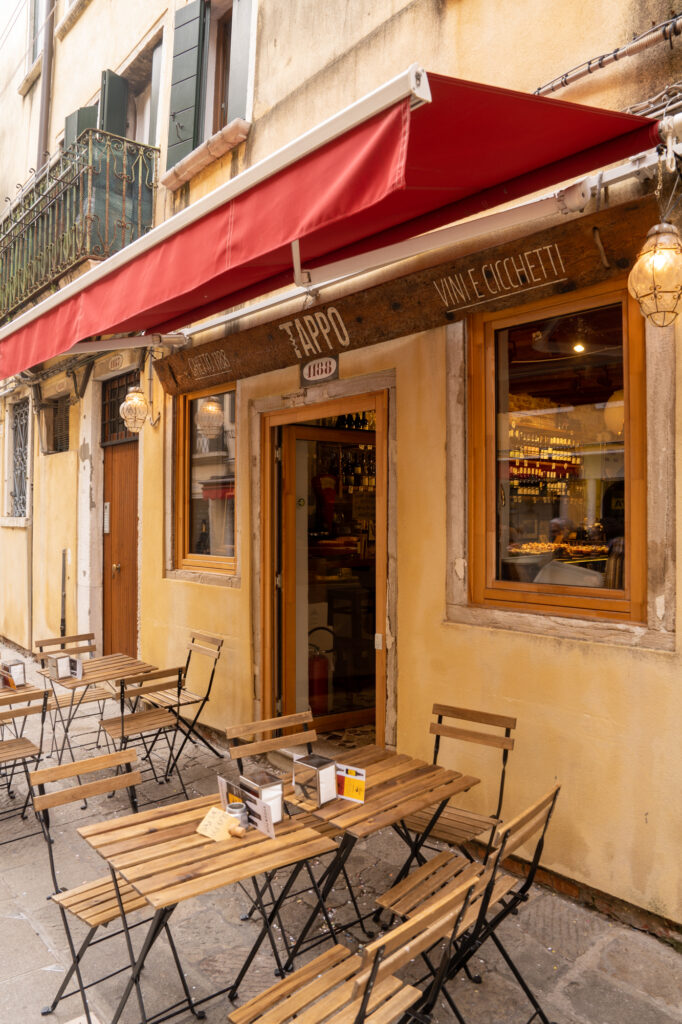
Bacaro is a typical Venetian type of rustic tavern that offers “ombra“ (a small glass of wine or a spritz) and cicchetti – specialities of Venetian cuisine in small snacks.
Be sure to sample the sarde in saor (sardines marinated in oil and vinegar with onions), baccala mantecato (whipped cod), or tramezzini (soft triangular sandwiches).
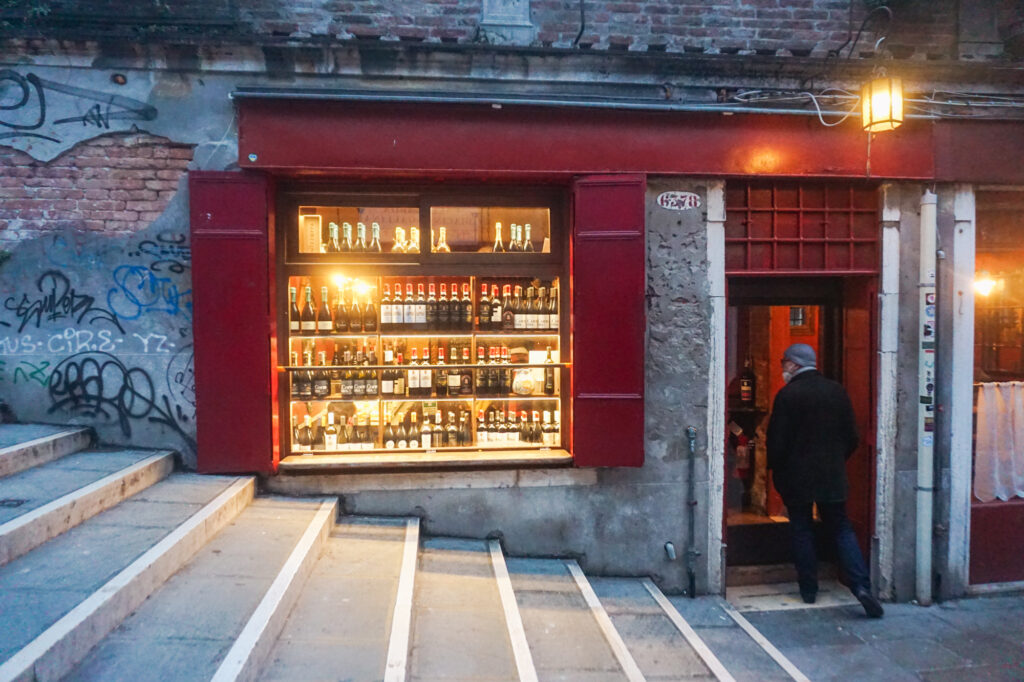
The Venetians gather in groups that spill out to the streets for a glass of wine, a bite to eat, and a chat, and usually visit various bacari during the evening.
Famous bacari districts of Venice are Cannaregio, Santa Croce, and Dorsoduro, but if you’re looking for something more central, alleys around the Rialto bridge are also packed with bacari.
Visit the Christmas Markets
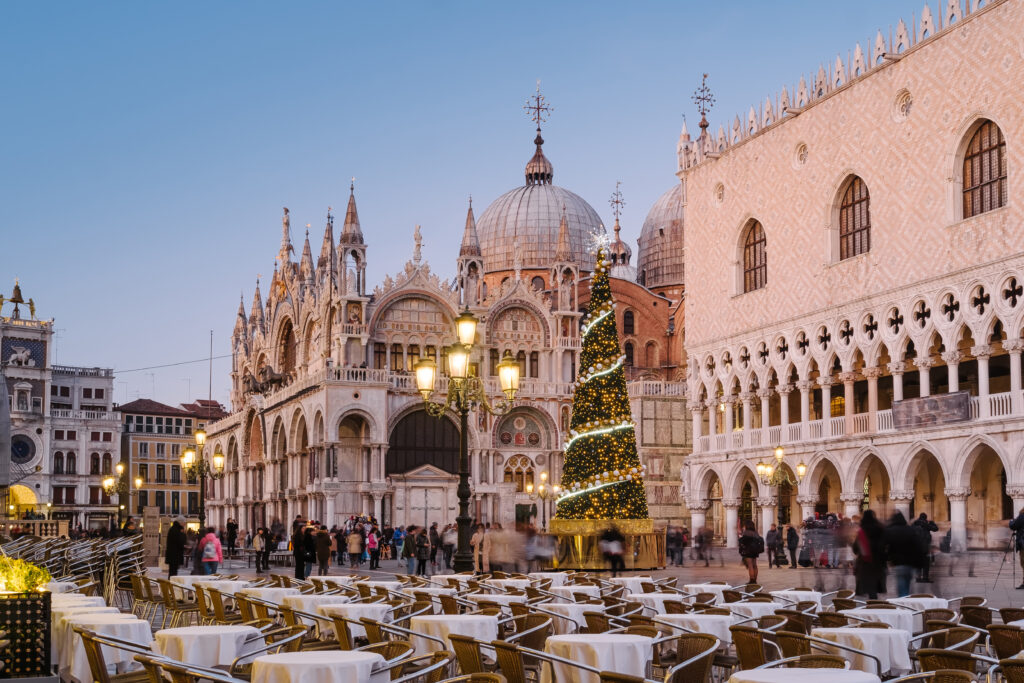
For three weeks before Christmas, Campo San Stefano hosts a Christmas market that gathers artisanal food producers and craftsmen from the region. Here, you can shop for Murano glass ornaments, traditional Venetian marbled paper, Carnival masks, jewellery, ceramics, as well as local foodie delights! And if you’re lucky enough you’ll catch a live performance to enhance the experience.
At the Campo San Polo square, come early December, you can ice skate surrounded by a Christmas village, should you opt for some active sightseeing.
You can also find smaller Christmas markets in other squares around the city, including Campo San Salvador, Campo San Bartolomeo, Campo San Luca, and Campo Manin. And no matter where you wander, you will be enchanted by the Christmas decorations and lights adorning the streets and canals.
Indulge in Christmas Shopping
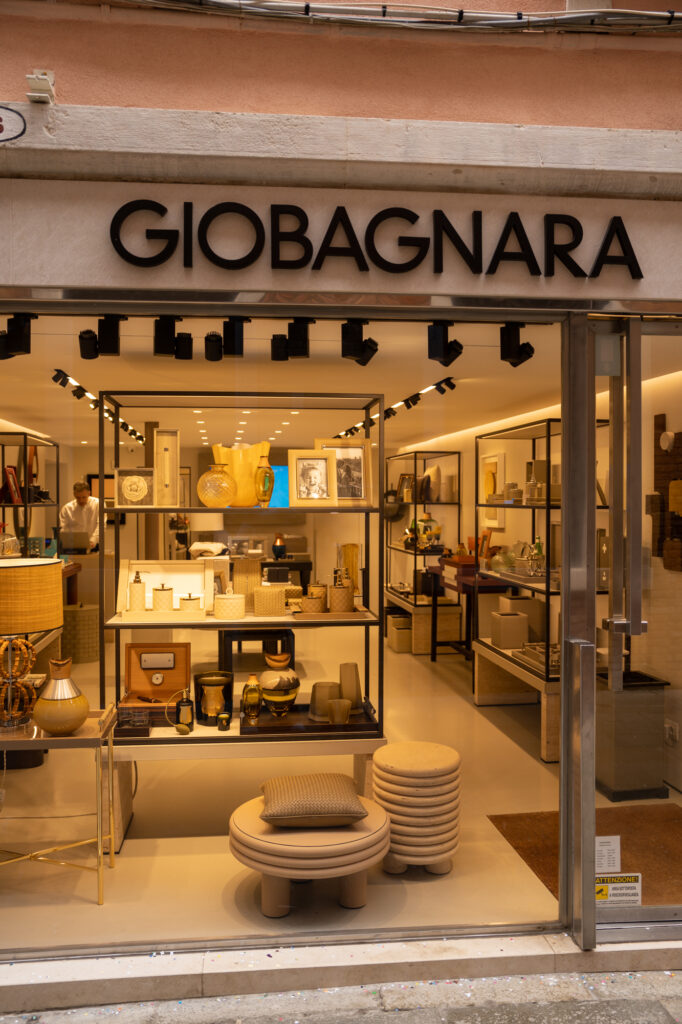
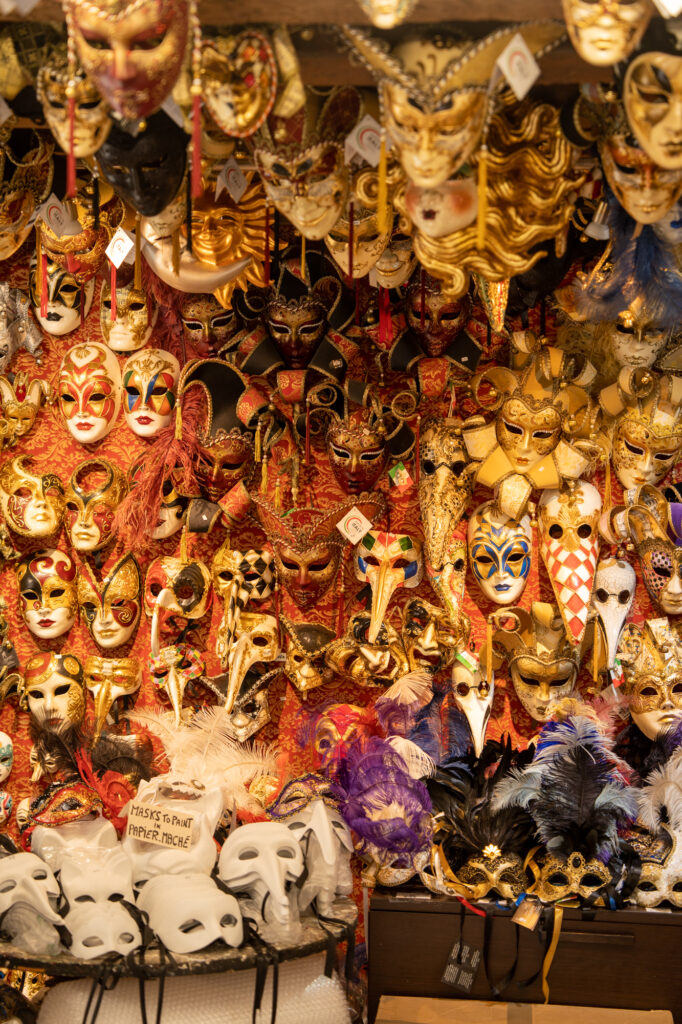
Walk the streets in the heart of Venice, and you’ll be lured into shop upon shop of Murano glass, Italian leather goods, artisanal jewellery, crafted stationery, carnival masks, antiques, and more.
There are of course a lot of generic shops catering to the masses, but Venice has more than its fair share of artisanal shops that sell beautifully crafted Venetian goods.
Laboratorio 2729 in Dorsoduro is an art gallery and a shop selling designer tableware. The same owner has a designer store nearby – Madera, that sells both designer tableware and contemporary jewellery.
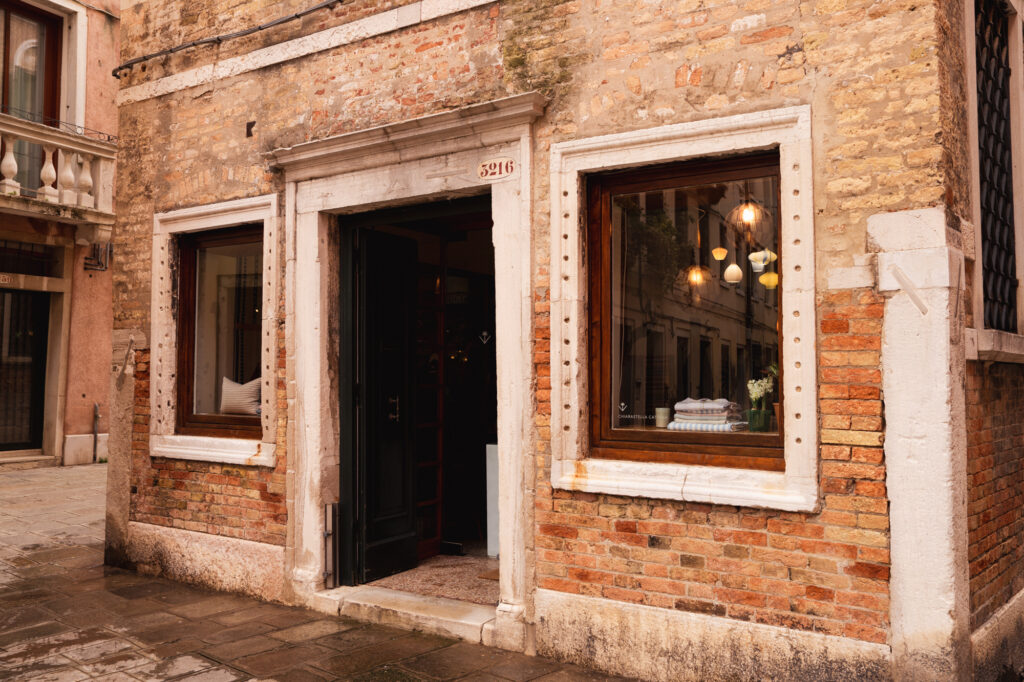
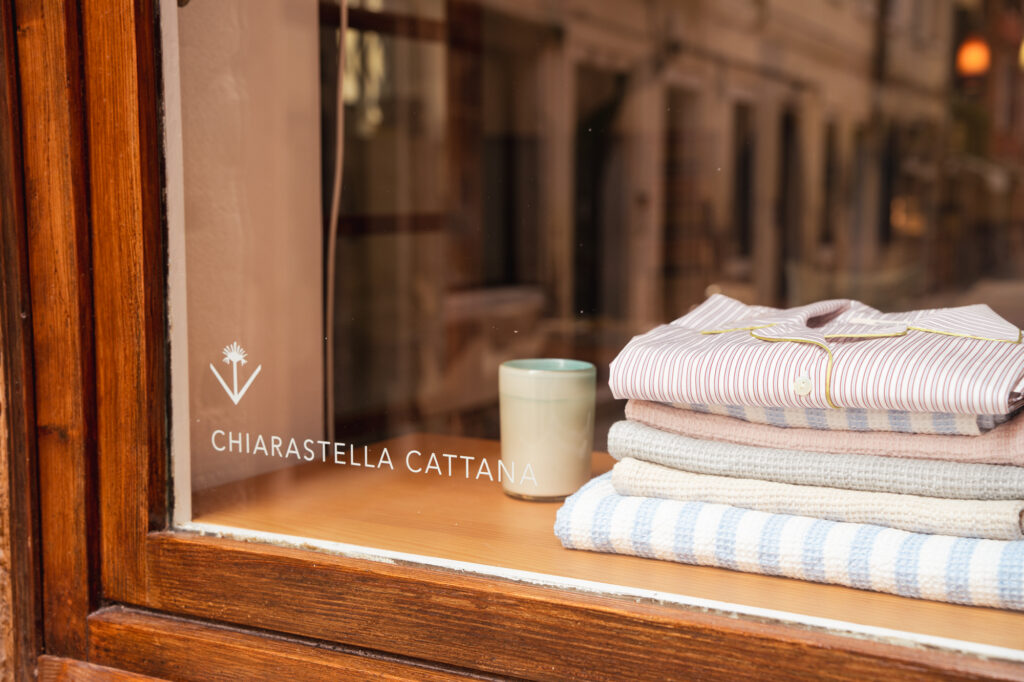
Chiarastella Cattana is a fabric designer that sells her beautiful textiles in the neighbourhood of San Marco. For exquisite marble paper, visit the Alberto Valese shop, where master Valese handcrafts marble paper so typical of Venice and beautiful block print paper with Venetian motifs.
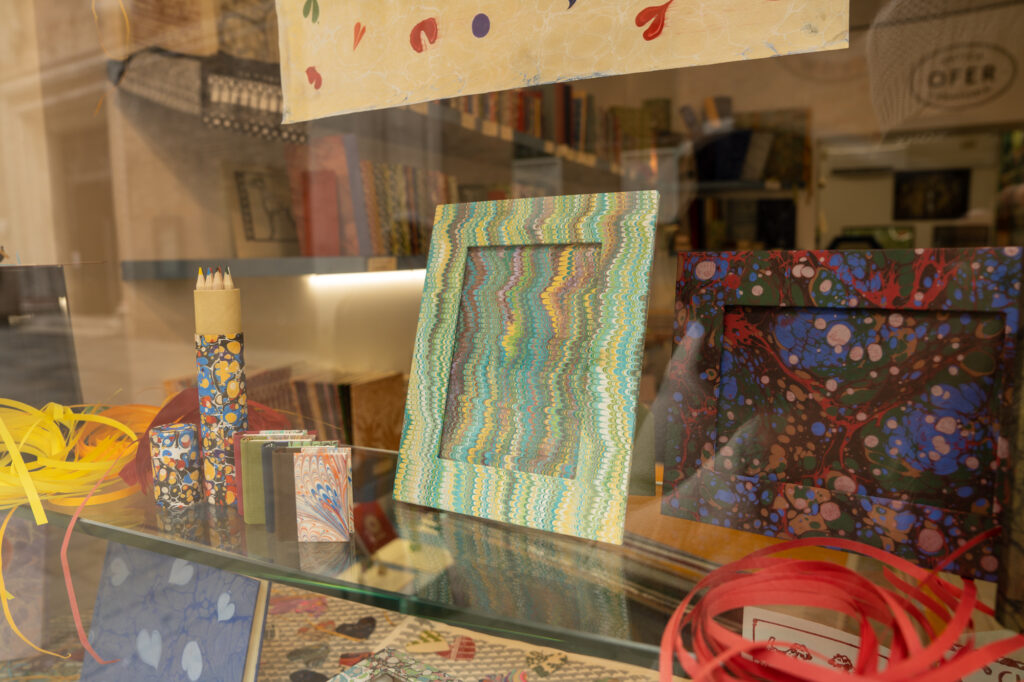
Near the Santa Lucia station, at the Grifone workshop, you can find carefully handcrafted leather bags and wallets at a fair price. Rose Douce is a lovely shop selling replicas of traditional Venetian jewellery in the neighbourhood of the Rialto Bridge.
Walk the Lesser-Known Neighborhoods
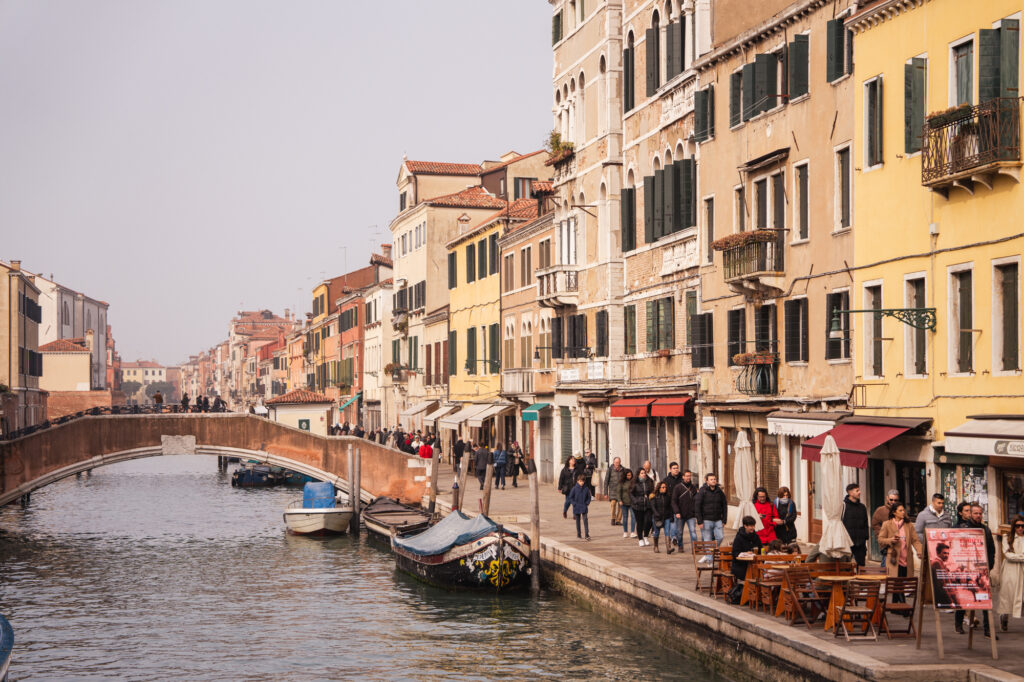
If you decide to walk the usual route that leads from the Santa Lucia station to the Rialto bridge, and then on to the Piazza San Marco, expect busyness and possibly even crowds. But if you take the lesser walked route, you might be surprised at how quiet and how “everyday“ Venice is.
When getting off the train at the Santa Lucia train station, cross the Ponte della Costituzione and then Ponte Santa Chiara del Monastero, and you’ll find yourself in the Santa Croce neighbourhood.
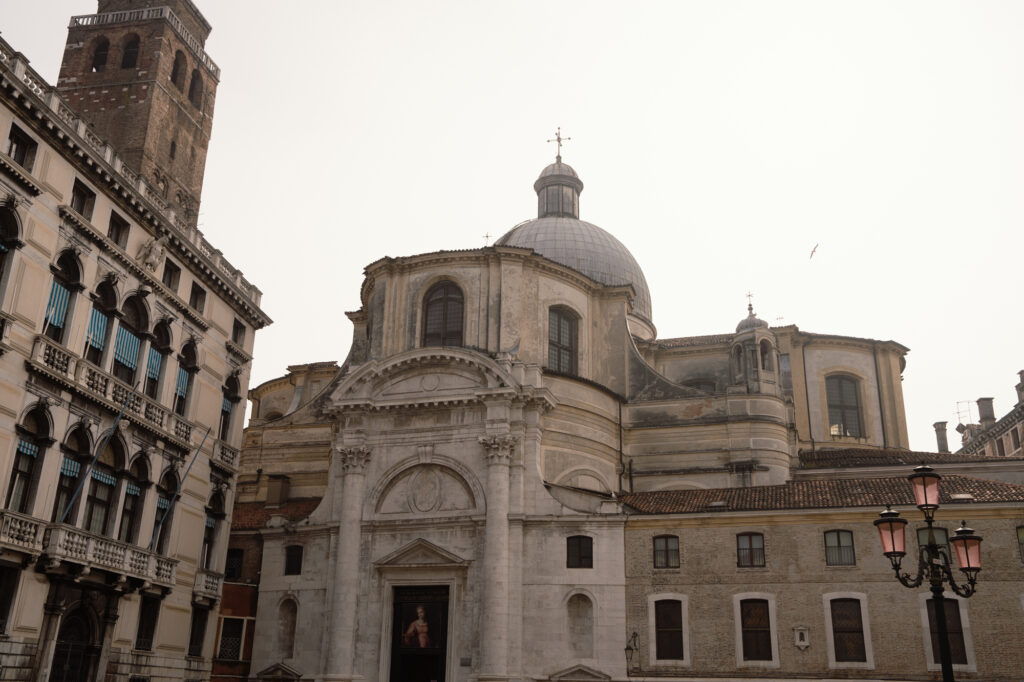
A lovely one to walk through, observing locals having a lunch break at a bacaro in front of the San Nicola di Tolentino church. Take the quieter canal of Rio del Magazen, and then get lost in the labyrinth of the narrow streets (don’t worry – it’s still easy to find your way back to the Rialto and San Marco district).
Back on the side of the Santa Lucia station is the Cannaregio neighbourhood, with its peaceful canals and a Jewish ghetto dating back to medieval times, lively with locals and relatively unexplored by tourists.
Dive into the Rich Venetian Restaurant Scene
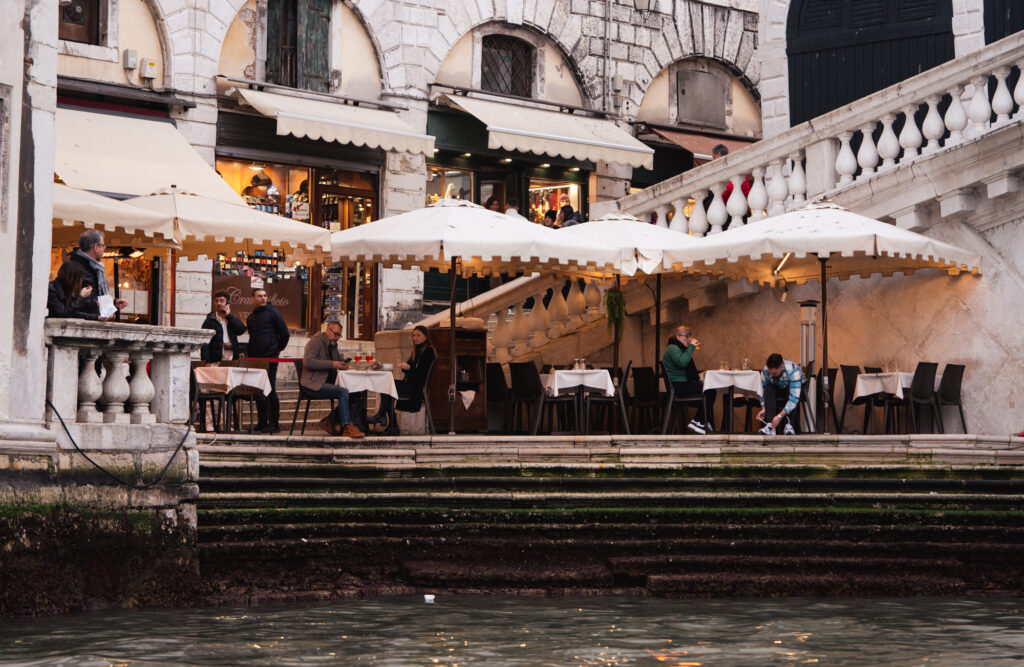
For a town so heavily leaden with tourists, surprisingly, or unsurprisingly (for this is Italy after all) Venice’s restaurant scene is thriving, and we’re talking about honest, high-quality restaurants. Offering either traditional Venetian cuisine or a modern take on the traditional dishes, the restaurants predominantly base their menus on fish. Understandable, given the town’s location in the lagoon that provides fish for the region.
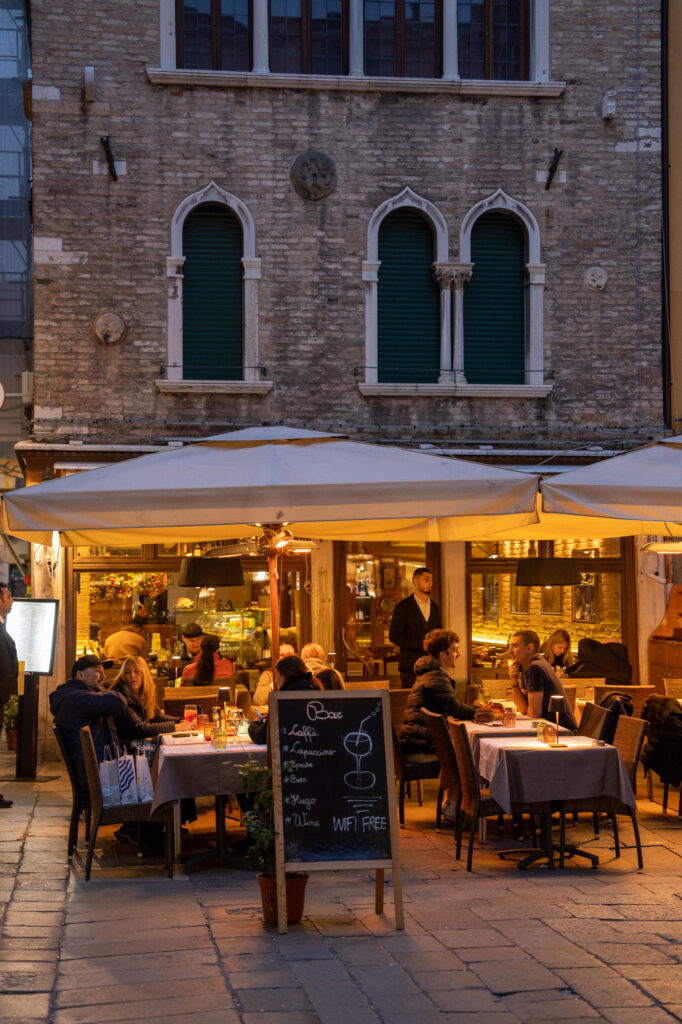
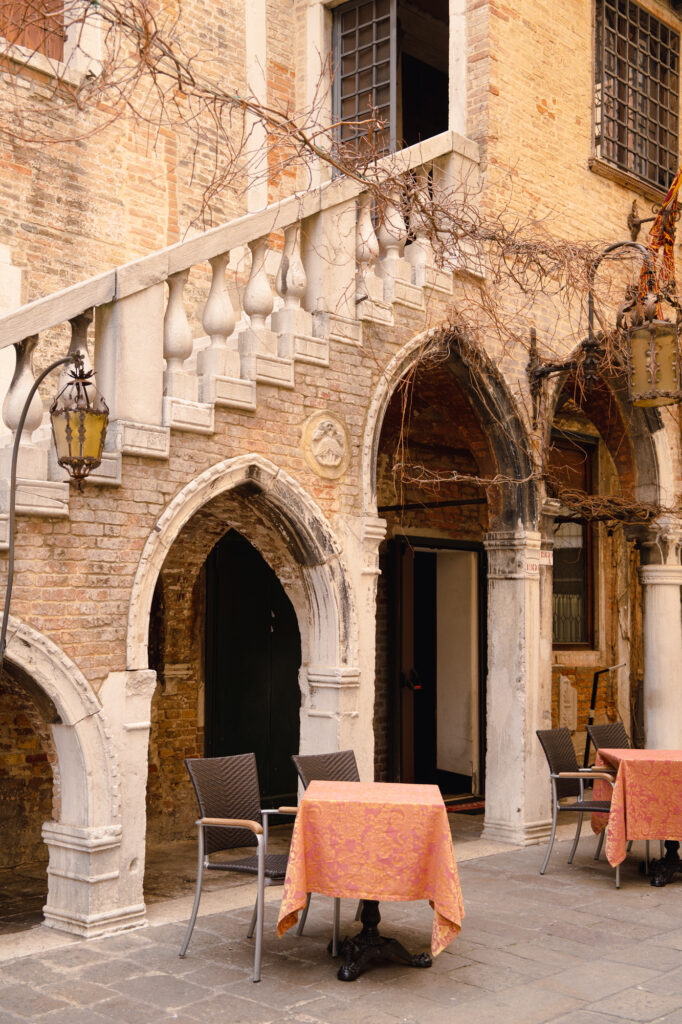
Venice’s staples include bigoli in salsa (pasta with anchovies sauce), risotto al nero di seppia (risotto with cuttlefish ink), moeche (a type of small crab that lives in the lagoon), baccalà mantecato (cod cooked in milk, covered with olive oil), risi e bisi (rice with peas and pancetta), to name a few.
Should you opt for a fresh take on the local cuisine, both Osteria Anice Stellato and CoVino are excellent choices, while Trattoria Conte Sconta and Trattoria Antiche Carampane offer traditional, classic Venetian cuisine.
Take Part in the Carnevale di Venezia
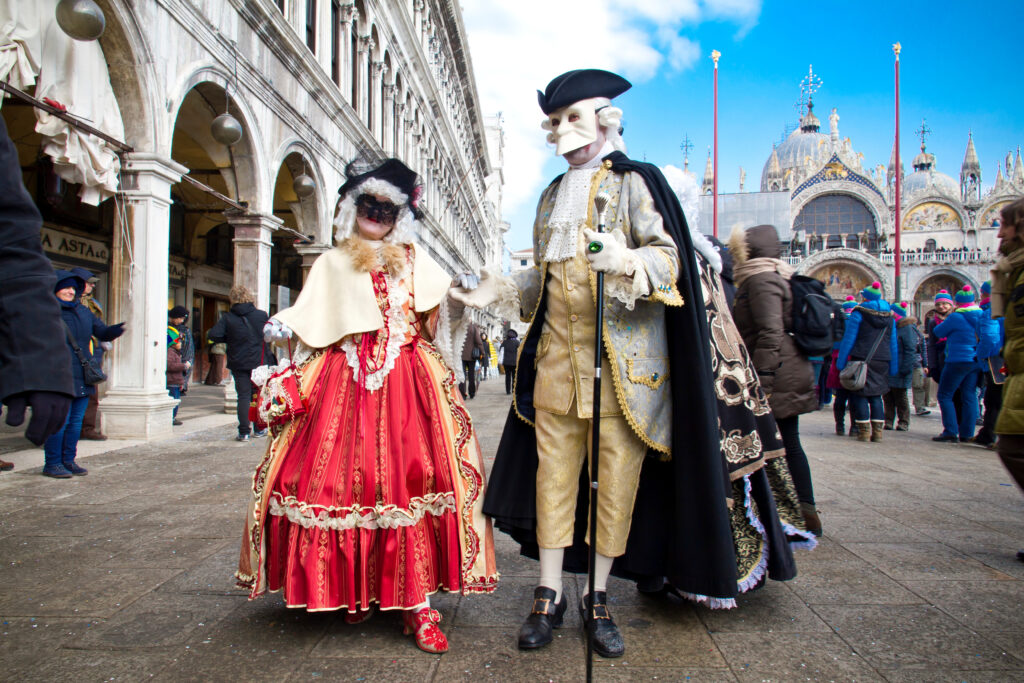
If you’re looking for fewer crowds, then you might as well skip the Carnevale – otherwise, join up to 3 million visitors a year in this centuries-old tradition.
Legend says that the Carnival of Venice started in the 12th century, then it became official in the Renaissance, and very famous during the Baroque period. However, at the end of the 18th century, it was outlawed and was reestablished in 1979.
Since then, people have been flocking to Venice to watch the open-air costume extravaganza in a procession of elaborate masks and costumes.
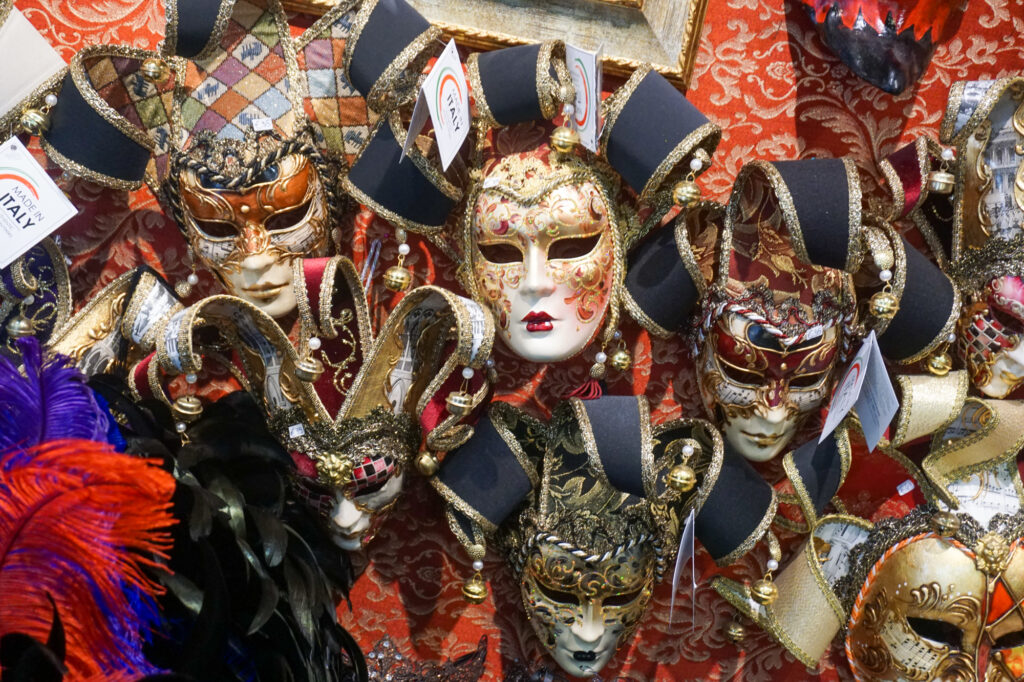
The traditional masks can be divided into several styles, depending on their shape, origin story, and who wore them. The Venetian mask-makers traditionally had their guild belonging to a fringe of painters and enjoyed a special position in society.
Even if you’re not visiting during the Carnevale, the mask-making tradition is an interesting facet of Venice, with many shops displaying the masks all year round.
If visiting the Carnevale, don’t miss out on the sweet treats – frittelle (doughnuts) which are among the most popular during the carnival season.
Related Reading: Best Views in Venice, Italy
Best Day Trips from Venice in Winter
Veneto is a region so abundant with beautiful towns, so rich in history and culinary heritage, that you could explore it for weeks and still find something new and interesting every day.
Venice alone has a couple of quite interesting and very close-by day trip opportunities. The islands of Murano and Burano in the lagoon, and Chioggia – the fishing port resembling petit Venice are all good choices for a relaxed day trip.
Murano
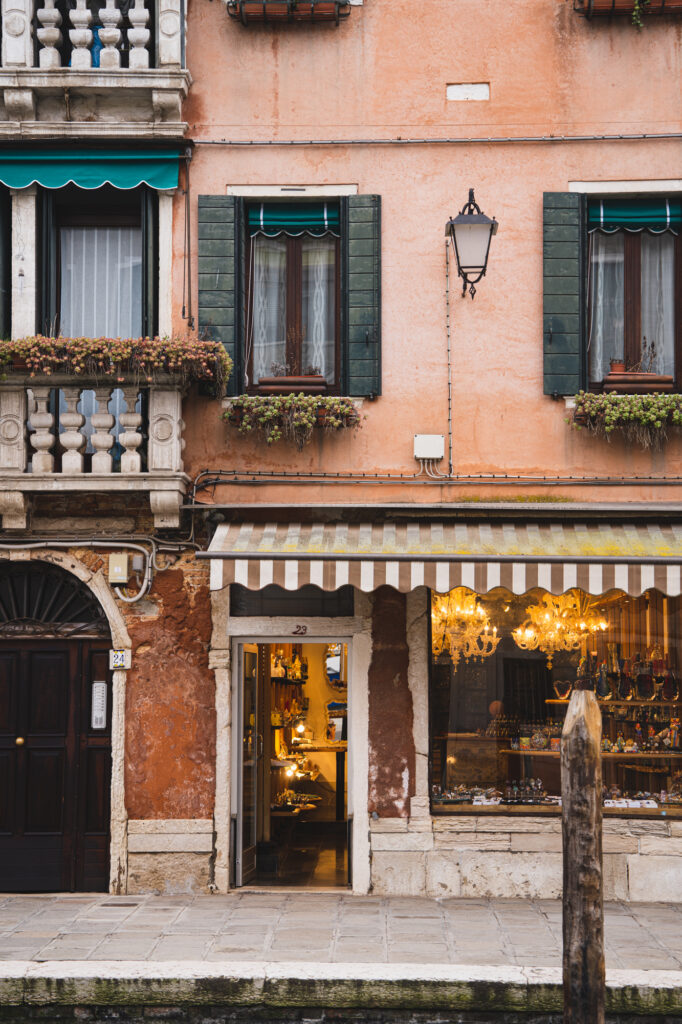
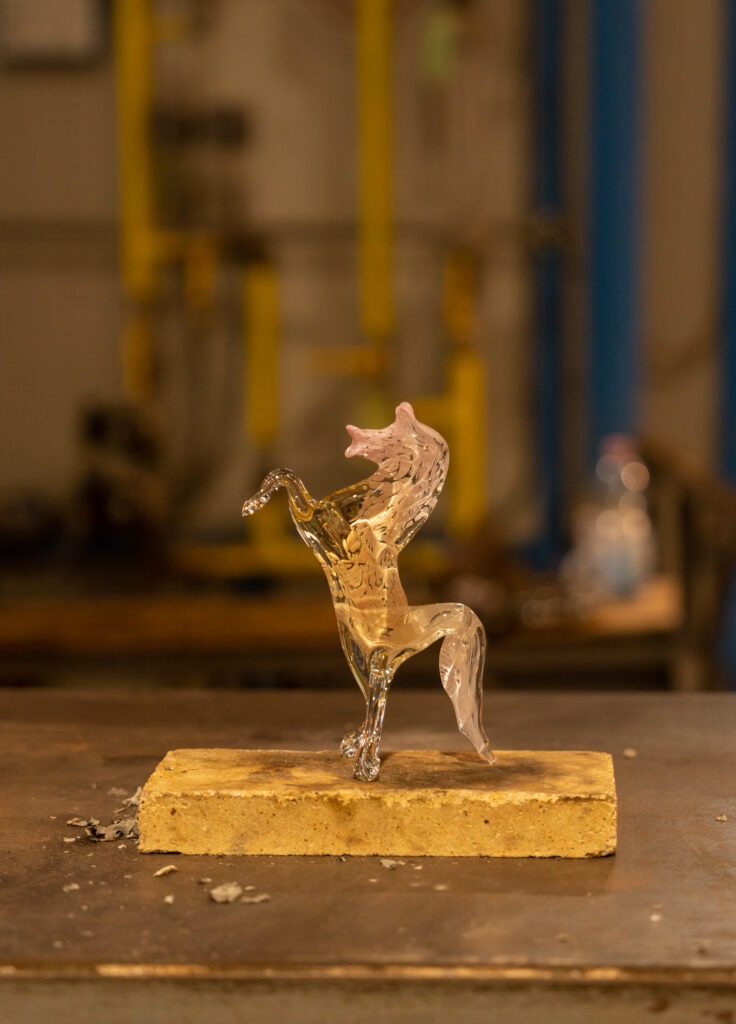
The island of Murano has been a centre for glass making since the 13th century, when all the Venetian glassmakers were required to move to Murano, with the intention of keeping the city safe from fires.
Much like nearby Burano, Murano’s canals are lined with pastel-coloured houses, but here they house numerous glass shops selling tableware, jewellery, lamps, chandeliers, and decorative objects handblown in glass.
Visit one of the remaining glass-blowing workshops, the Murano Glass Museum in the Palazzo Giustinian, and don’t miss out on the fantastic floor mosaics in the Church of Santa Maria e Donato.
Burano
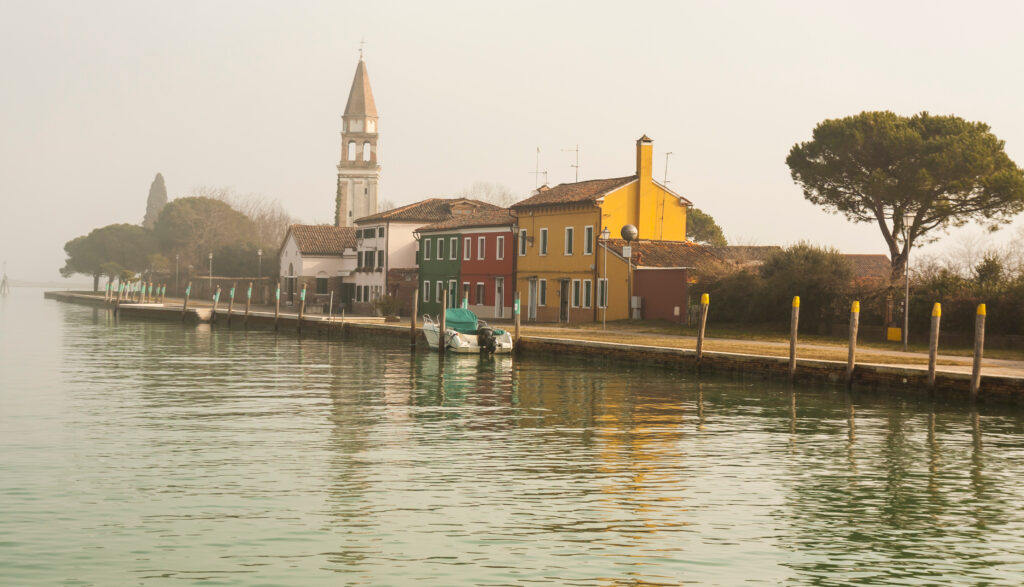
A 45-minute ride by Vaporetto from Venice, Burano is a picturesque island famous for its small, colourfully painted houses and lacework that has been kept as a tradition for centuries.
Burano’s handmade lace, unfortunately, fell out of fashion after World War II, and today, only a couple of production houses remain as well as some local women keeping the tradition alive. You can learn about the lace-making tradition and see delicate examples of the craft in the Lace Museum (Museo del Merletto).
Vividly coloured houses line Burano’s curvy streets and canals, making it a perfect spot for a leisurely stroll, taking photos, and having a fried fish lunch in one of its trattorias.
Chioggia
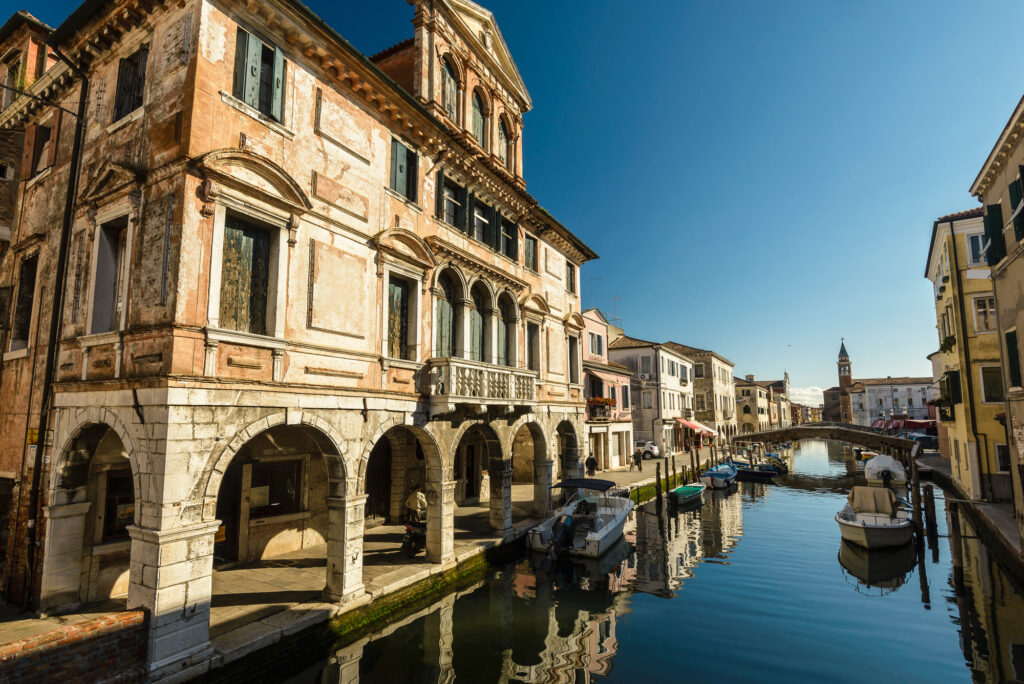
Often called a miniature version of Venice because of its canals, bridges, and characteristic wooden piles, Chioggia is a fishing port built on an islet on the southern entrance to the Venetian lagoon.
As opposed to Venice, it is still undiscovered by tourists – a lively little town where people go about their business and where you can eat the freshest fish in one of the numerous fish restaurants, and then take a slow-paced walk on its canals.
This is one of the best places to come for the atmosphere, not the landmarks (even though the cathedral was built by the famous Renaissance architect Baldassare Longhena, the same who built the Santa Maria della Salute in Venice).
Chioggia can also be a good alternative for lower prices on accommodation when visiting Venice.
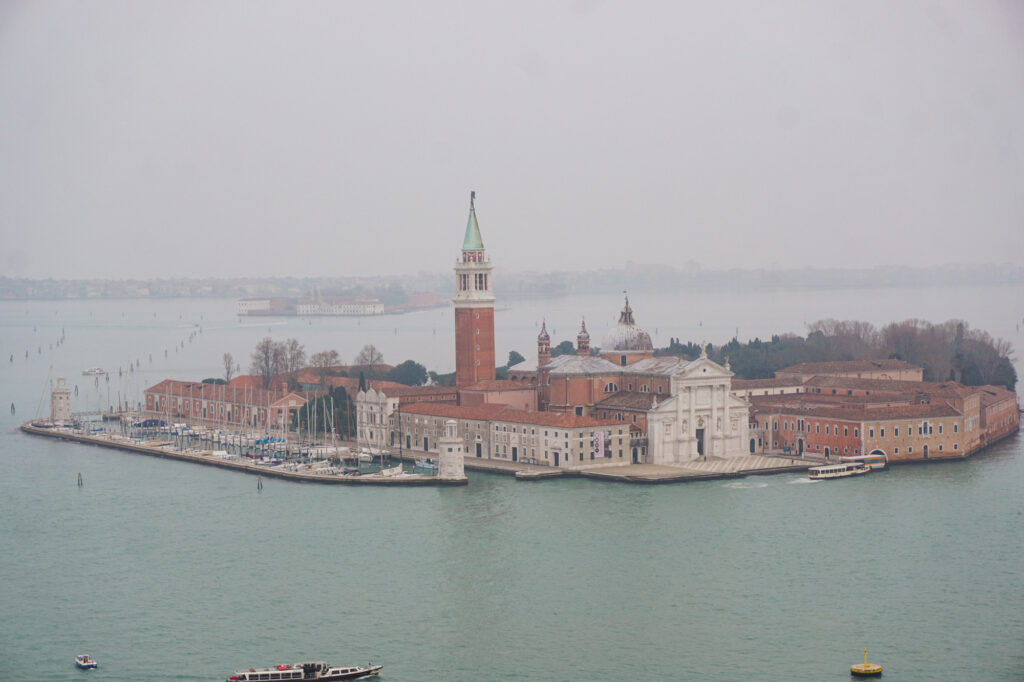
Visiting Venice might seem like a lot to take in, in any part of the year. The otherwordly beauty of its houses and streets built on the water, the rich artistic heritage, the uncountable number of shops, bars, and restaurants trying to cater to different types of visitors; and the number of people drawn in by all of the above.
But if there is any time of year when all of it can be seen at a more relaxed pace, in an atmosphere where you can observe its other side – the everyday life of a town where people still live and work, then it must be winter.
Catch a sunny day on the canals, and there’s no better way to soak in the city of water and light.
Written by Anja Bendeković Žuljević
Anja is an art historian who runs a craft distillery with her husband in the south of the Istrian peninsula, Croatia. She likes to travel slowly, most often to Italy, as she believes that the Italians cracked the secret of the good life (and there’s only one way to prove it).

